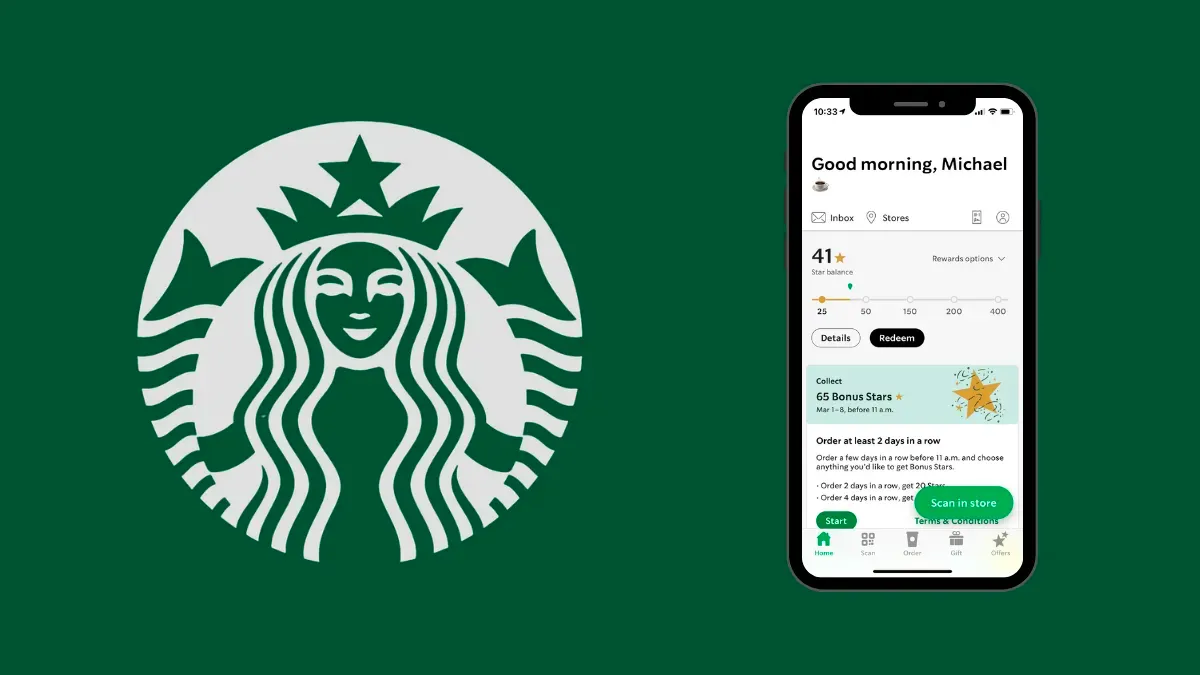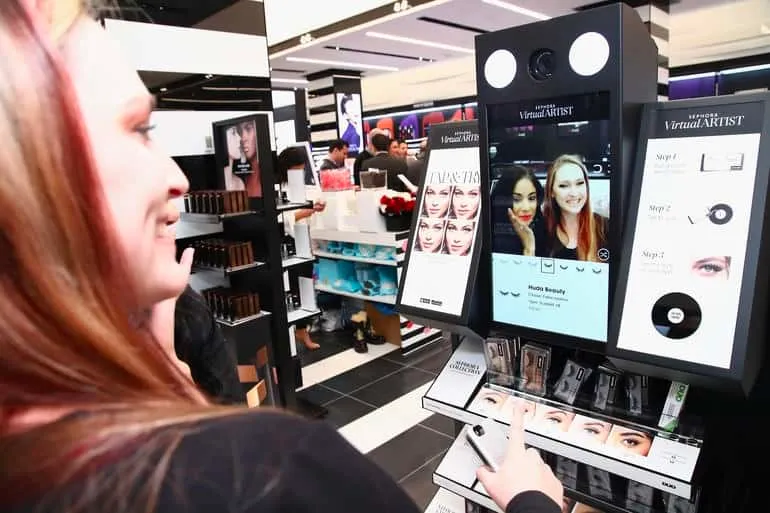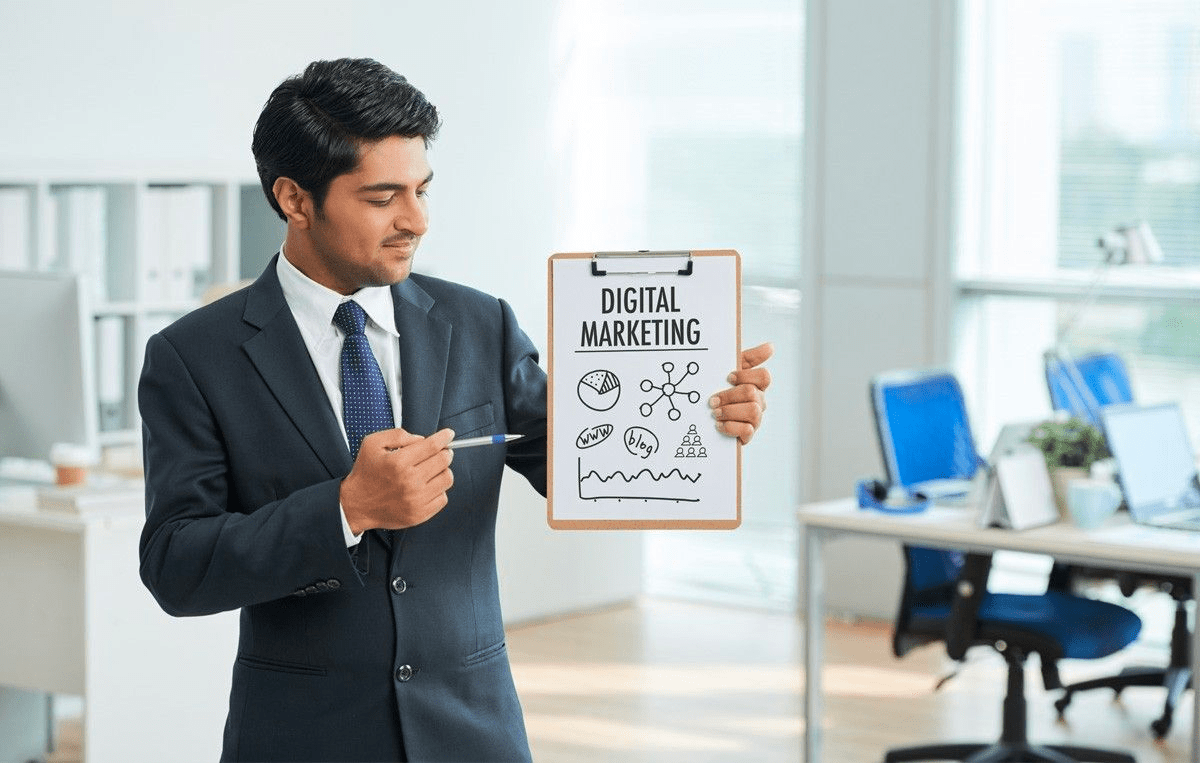In today’s digital era, the importance of an omnichannel strategy is undeniable. It is a key player in providing customers with a seamless and cohesive experience across multiple online and offline channels.
By merging different touchpoints – websites, mobile apps, social media, and brick-and-mortar stores, businesses can amplify customer engagement, drive conversions, and nurture brand loyalty.
A recent study by Aspect Software revealed a compelling statistic: companies adopting a robust omnichannel approach achieve an average increase of 91% in customer retention compared to businesses that don’t. This statistic underscores the tangible business impact and potential return on investment that can be attained by embracing an advanced omnichannel strategy.
This article will highlight the relevance and benefits of implementing an effective omnichannel strategy. It delves into the technical intricacies of integrating disparate systems, leveraging data analytics, and optimizing marketing campaigns across channels to achieve maximum impact.
Understanding Omnichannel Strategy
An omnichannel strategy is a comprehensive approach that integrates multiple channels to provide a seamless customer experience essential for small to medium-sized businesses (SMBs).
It helps SMBs compete with larger enterprises, reach a wider audience, enhance customer satisfaction, and gather valuable data for personalized marketing. Embracing omnichannel strategies empowers SMBs to thrive in the digital age.
But how does it differ from multichannel strategies
Omnichannel and multichannel strategies differ in their approach to customer experience. While multichannel focuses on offering multiple independent channels, omnichannel ensures a seamless and integrated experience across all channels.
The omnichannel strategy considers the customer journey as a whole, while the multichannel treats each channel separately.
Top Channels for Omnichannel Strategies
When implementing an omnichannel strategy, it is crucial to leverage various channels to deliver a seamless customer experience. Here are the top channels for an effective omnichannel approach:
1. Website
A well-designed website serves as a central hub for customers to explore products or services, complete purchases, and access information. For instance, PayPal’s omnichannel solution allows customers to use the return service without visiting a separate web page or app. A user-friendly website enhances customer experience and boosts brand visibility.
2. Email
Email marketing is a direct and personalized way to engage with customers. It can be used for delivering personalized content, promotions, and updates. It’s an effective tool for nurturing leads and maintaining a relationship with existing customers.
3. Social Media
Social media platforms offer a personal and practical way to connect with customers. They help in building relationships, sharing relevant content, and engaging in real-time conversations. Brands can leverage these platforms to increase their reach and visibility.
4. Mobile Apps
Mobile apps offer a convenient and personalized channel for customers. They can access products, services, loyalty programs, and exclusive offers on the go. Apps can also send push notifications to keep customers updated about the latest offerings.
5. Online Advertising
Targeted online advertising campaigns can effectively reach the audience and drive traffic to online channels. They can be used to promote products, services, or events and can be customized based on user behavior and preferences.
A great example of this is the online advertising strategy of Airbnb. Airbnb uses Google’s advertising platform to reach potential customers. They use a mix of search ads, display ads, and video ads to reach their target audience.
This strategy allows Airbnb to reach potential customers at different stages of their customer journey, from awareness to consideration, and finally to decision making.
6. Content Marketing
Content marketing involves creating valuable and relevant content across various channels. It helps educate, entertain, and engage customers throughout their journey. Good content can improve SEO, drive traffic, and establish a brand as a thought leader in its industry.
7. Physical Locations
Physical stores provide customers with tangible experiences, fostering brand loyalty. They offer opportunities for in-person engagement and allow customers to touch and feel products. As per a recent study, 78% of US consumers would shop more in-store than before, indicating the importance of physical locations in an omnichannel strategy.
A great example of a successful omnichannel retail strategy involving physical locations is BonLook.
BonLook, a Canada-based eyewear brand, seamlessly integrates their online and in-store experiences. They offer shopping guides and a virtual try-on feature online, and in their physical stores, associates use a custom iOS app that integrates with the online store, allowing them to assist customers in real-time.

This strategy has led to an 18% increase in their average order value.
8. Customer Service Channels
- Phone Support: It provides customers with a direct and interactive channel to seek assistance or resolve queries, offering a personal touch and real-time communication.
- Live Chat: It enables customers to engage with businesses instantly, facilitating quick responses, resolving concerns, and enhancing the overall customer experience.
- Social Media Customer Service: It serves as a channel for customers to reach out to businesses, allowing for public inquiries, issue resolution, and community engagement.
- Email Support: It offers a written channel for customers to communicate their queries or concerns, providing a convenient way to receive detailed responses and keep a record of interactions.
Each of these channels plays a unique role in an omnichannel strategy, and their effective integration can lead to a seamless and enhanced customer experience.
So, now that we know the top channels for an effective omnichannel strategy, let’s look at how you can create one that helps you achieve your goals.
7 Steps to Create the Best Omnichannel Marketing Strategy
Creating an effective omnichannel marketing strategy can be a complex task, but breaking it down into manageable steps can make it much more approachable.
Here are seven key steps that can guide you in crafting a robust and impactful omnichannel strategy, ensuring a seamless and engaging customer experience across all touchpoints.
1. Understand Your Audience
To create an effective omnichannel strategy, it’s crucial to start by gaining a deep understanding of your target audience. This involves analyzing their demographics, preferences, behavior, and buying patterns. Utilize market research, customer surveys, and data analytics to uncover valuable insights.
For instance, you can use tools like Google Analytics, Facebook Insights, and customer relationship management (CRM) software to gather and analyze data about your audience. This data can reveal information about your audience’s age, location, interests, online behavior, and more.
By understanding your audience, you can tailor your messaging and channel selection to engage and resonate with them effectively. This step is not a one-time process but an ongoing one, as audience preferences and behaviors can change over time.
2. Define Your Goals
Clearly define your marketing goals to align your omnichannel strategy with your business objectives. Whether increasing brand awareness, driving website traffic, or boosting sales, your goals will influence your channel selection, messaging, and overall strategy.
Setting specific, measurable, attainable, relevant, and time-bound (SMART) goals will enable you to track progress and optimize your efforts. For instance, if your goal is to increase brand awareness, you might measure success by tracking metrics like social media followers, website traffic, and brand mentions.
3. Identify Relevant Channels
Determining the most relevant channels to your audience and aligning them with your goals is a key part of an omnichannel strategy. This could include social media platforms, email marketing, mobile apps, websites, and physical stores. Consider your audience’s preferences and behaviors to prioritize the channels they most likely engage with.
For example, if your audience is primarily millennials, you might focus on social media platforms like Instagram and Snapchat. Remember that focusing on a few high-impact channels is better than spreading your resources too thin.
4. Craft Consistent Messaging
Consistency is key across all channels in an omnichannel strategy. Develop a strong brand voice and messaging that resonates with your target audience. Ensure your messaging remains consistent across different channels while adapting it appropriately to suit each platform’s unique characteristics.
For example, while your brand voice should be consistent, how you express it might vary from Twitter’s short, snappy updates to Instagram’s visually-oriented posts. Consistency helps build brand recognition, trust, and loyalty, fostering a cohesive customer experience.
5. Personalize Customer Experiences
Tailoring your messaging and interactions to provide personalized experiences for your customers is a powerful way to enhance engagement.
Leverage the data you have collected to segment your audience and deliver relevant content and offers. Personalization can be achieved through techniques like dynamic content, product recommendations, personalized email campaigns, and targeted advertising.
For instance, Amazon uses personalized recommendations based on a customer’s browsing and purchasing history to enhance the shopping experience. By understanding your customer’s needs and preferences, you can enhance engagement and drive conversions.
6. Implement Seamless Integration
Integrating your channels and touchpoints to create a seamless customer journey is a critical aspect of an omnichannel strategy.
Ensure that information, interactions, and transactions can flow smoothly between channels. For example, enable customers to start a purchase on one channel and complete it on another without any friction. Implementing robust customer relationship management (CRM) systems and marketing automation tools can streamline processes and unify customer data, enabling a cohesive experience.
A great example is Starbucks’ mobile app which integrates with its physical stores, allowing customers to order ahead, pay in-store, and earn rewards across channels.

7. Measure and Optimize
Regularly measuring the performance of your omnichannel marketing efforts and making data-driven optimizations are crucial for success.
Monitor key performance indicators (KPIs) such as conversion rates, customer engagement, and ROI across different channels. Leverage analytics tools to track customer journeys and identify areas for improvement.
Google Analytics can provide insights into how customers interact with your website and where they drop off in the conversion funnel. Continuously experiment, test new strategies, and refine your approach based on insights gained.
Optimization is an ongoing process to ensure your omnichannel strategy remains effective and aligned with evolving customer expectations. For example, if you find that your email marketing campaigns are not generating the expected ROI, you might experiment with different subject lines, email designs, or send times to improve performance.
Remember, the key to a successful omnichannel strategy is to keep the customer at the center of your efforts. By following the steps above, you can create a powerful omnichannel strategy that drives customer engagement and boosts your business results.
Still not convinced?
Maybe two very real case studies can help you change your mind.
Case Studies on Stellar Omnichannel Marketing
These real-world examples demonstrate how companies have harnessed the power of omnichannel marketing to enhance customer experience, boost engagement, and drive business growth.
Disney
Disney has mastered the art of omnichannel marketing, seamlessly integrating multiple channels to create enchanting experiences for its customers. Through their innovative strategies, Disney has successfully merged the physical and digital realms, ensuring a consistent and personalized journey for guests.
One prime example of Disney’s omnichannel approach is the MyMagic+ program.
By utilizing web and mobile platforms, guests can plan and manage their Disney vacations from start to finish. They can conveniently book accommodations, purchase tickets, reserve FastPasses, and even pre-order meals.
MyMagic+ offers a comprehensive and streamlined experience, providing guests with the convenience they desire.
But, there’s more!
Disney’s MagicBand is another testament to its omnichannel success. This wearable device acts as a multi-purpose tool, granting guests access to their hotel rooms and theme parks and enabling seamless purchases.

The MagicBand seamlessly blends the physical and digital realms, creating an immersive and hassle-free experience for visitors.
Social media plays a crucial role in Disney’s omnichannel strategy as well. Through active engagement on platforms like Facebook, Twitter, and Instagram, Disney encourages guests to share their magical experiences, ultimately cultivating a sense of community.
This integration of social media channels amplifies the Disney magic beyond its physical locations, fostering a deeper connection between the brand and its customers.
Through their unwavering commitment to creating enchanting experiences across physical and digital touchpoints, Disney continues to captivate audiences and leave them eagerly anticipating their next visit.
Sephora
Sephora has set the bar high for omnichannel marketing in the beauty industry, seamlessly integrating physical and digital touchpoints to deliver exceptional customer experiences. Their strategic approach has solidified their position as a leader in the beauty retail space.
Sephora’s success lies in its seamless integration of online and offline channels.
Customers can explore an extensive range of beauty products on Sephora’s website and mobile app, making shopping faster and more convenient. Simultaneously, Sephora’s physical stores offer immersive experiences featuring interactive displays, personalized consultations, and beauty services. This integration ensures customers a consistent and cohesive brand experience, regardless of their preferred channel.

The Sephora Beauty Insider program is another standout omnichannel strategy. The loyalty program transcends channels, allowing members to earn online and in-store points, access exclusive offers, and receive personalized recommendations. The brand creates a seamless customer journey by connecting the online and offline experiences.
Sephora fully embraced social media as a vital component of its omnichannel strategy. They actively engage with customers on platforms like Instagram, YouTube, and TikTok, sharing product tutorials, beauty trends, and user-generated content.
This approach fosters a vibrant community and encourages customers to share their experiences, amplifying Sephora’s reach and generating organic brand advocacy.
The takeaway?
Sephora’s omnichannel marketing strategies have propelled them to the forefront of the beauty retail industry. Their omnichannel approach has successfully blurred the lines between digital convenience and physical touchpoints, making them the go-to destination for beauty enthusiasts.
How Can SocialPilot Help Achieve Marketing Success Across Social Media?
Need a social media management tool for your omnichannel marketing success? What you need is SocialPilot!
SocialPilot can help you achieve marketing success across various social media platforms. Buckle up, because we’re about to explore some powerful features that can transform your marketing strategy.
- Advanced Scheduling and Publishing: SocialPilot’s scheduling feature ensures timely, engaging content across all channels, reinforcing audience connection with your brand.
- Collaboration Tools: Facilitate efficient teamwork with SocialPilot’s collaboration tools, ensuring content quality and brand consistency across all channels.
- Analytics and Reporting: Gain valuable insights with SocialPilot’s analytics, optimizing your omnichannel strategy for better results.
- Bulk Scheduling: Simplify large-scale campaign management with SocialPilot’s bulk scheduling, ensuring a steady stream of engaging content.
- Social Inbox: Maintain active audience engagement with SocialPilot’s Social Inbox, consolidating all social interactions for prompt responses.
With these robust features, SocialPilot equips you to deliver cohesive brand experiences, save time, increase efficiency, and achieve optimal results for your clients.
So, are you ready to take your social media marketing to new heights?
Conclusion
In conclusion, mastering omnichannel marketing is a game-changer in this digital era. It’s about creating a seamless and personalized customer experience across all touchpoints, both online and offline.
By understanding your audience, setting clear goals, crafting consistent messaging, personalizing experiences, and leveraging tools like SocialPilot, you can effectively implement this strategy.
Remember, the key to success lies in continuous measurement and optimization.
With a well-executed omnichannel strategy, you can enhance customer engagement, foster brand loyalty, and ultimately drive business growth.



